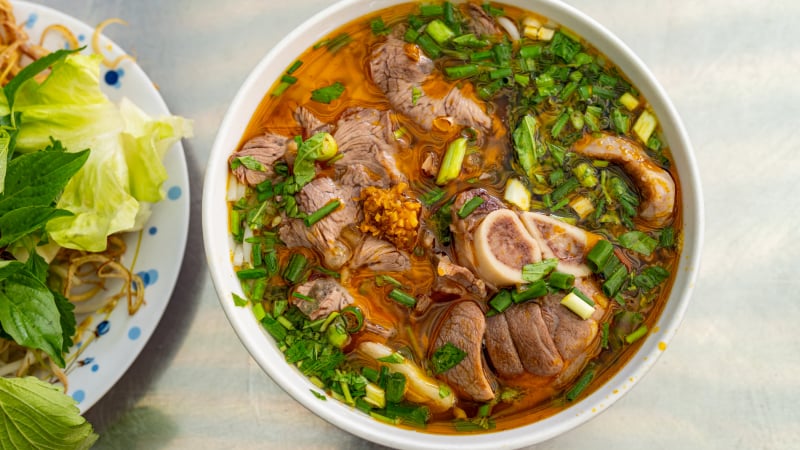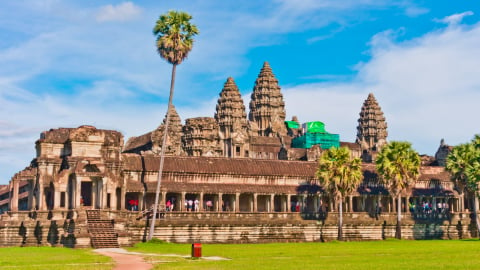At the 47th Session of the UNESCO World Heritage Committee, Cambodia three important memorial sites including: Tuol Sleng Genocide Museum (S21), Choeung Ek Killing Fields and the former M13 Prison were officially inscribed on the World Cultural Heritage List.
This decision is not only an international recognition of the historical and humanistic value of these painful sites, but also a strong reminder of the genocide, and affirms Cambodia's efforts to turn "crime sites" into "centers of reconciliation and peace".
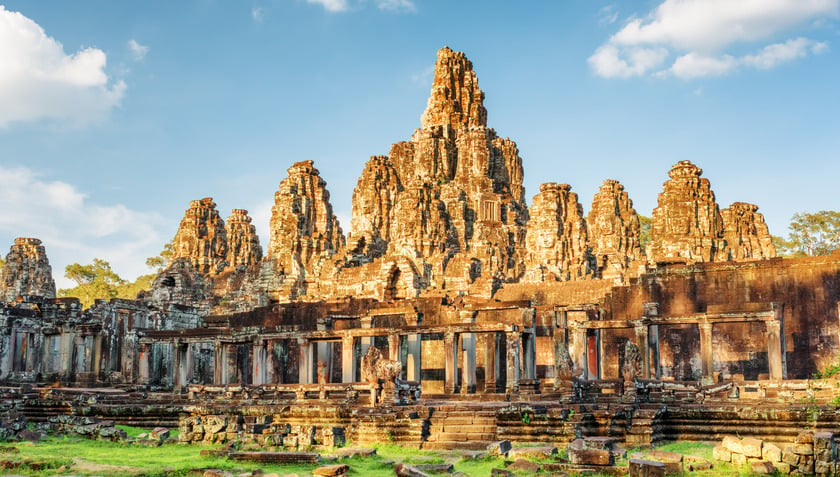
Cambodia received good news when 3 relics in this country were recognized as world cultural heritage.
Cambodian Prime Minister Hun Manet immediately sent a meaningful message of welcome to all the people. In it, he not only called on the people to participate in the welcoming activities held on the morning of July 13, but also called on the entire nation to lay flowers and conduct memorial activities for the victims of the Pol Pot genocide at all memorial sites in Cambodia on July 11 every year.
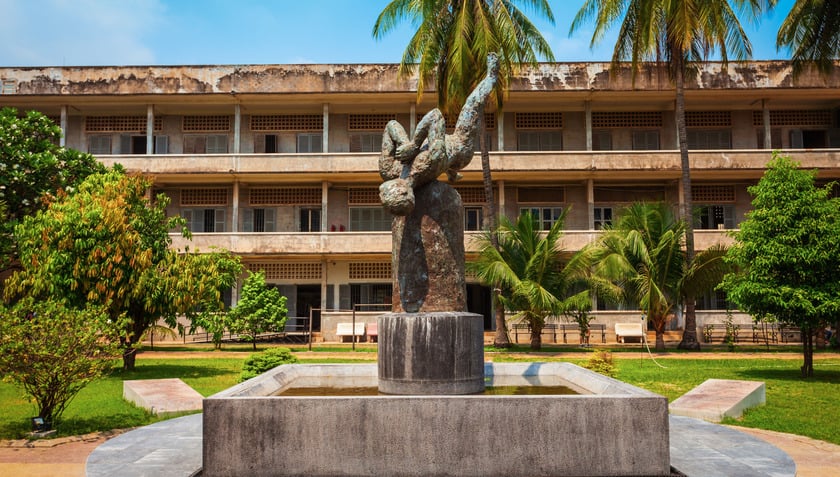
Prime Minister of the Royal Government of Cambodia Samdech Thipadei Hun Manet sent a congratulatory message after three historical sites of Cambodia were
The three newly recognized historical sites are part of a dossier titled “Cambodia’s Monuments of Remembrance: From Crime Sites to Centers of Reconciliation and Peace”, which was officially submitted on March 27, 2020. This is Cambodia’s fifth cultural heritage cluster to be recognized by UNESCO, marking a turning point in the way the country’s heritage is preserved and honored.
Previously, the heritage sites honored were mainly associated with ancient temples, symbols of the brilliant Khmer civilization such as Angkor Wat (1992), Preah Vihear (2008), Sambor Prei Kuk (2017) and Koh Ker (2023). The addition of memorials to the Pol Pot genocide period shows the diversity and depth of Cambodia's heritage, including tragic but memorable pages of history.
Tuol Sleng Genocide Museum (S21), located in Boeung Keng Kang 2 ward, Boeung Keng Kang district, Phnom Penh, was formerly a security agency with the code S21. This place used to be a detention, interrogation and brutal torture center under the direct management of the notorious butcher Duch (Kaing Guek Eav) during the period of the Democratic Kampuchea regime from 1975 to 1979. This relic was also inscribed by UNESCO in the Memory of the World program on July 31, 2009, affirming its historical documentary and evidence value.

Located in Boeung Keng Kang 2 ward, Boeung Keng Kang district in the capital Phnom Penh, this was a brutal detention, interrogation and torture center under the Democratic Kampuchea regime that ruled Cambodia from 1975-1979.

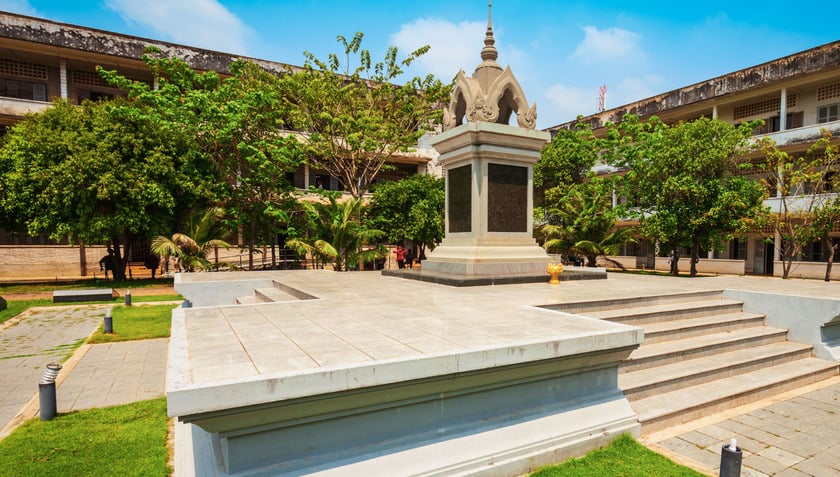
Also located in the capital Phnom Penh, the historical site of the Killing Fields of Choeung Ek (Choeung Keng ward, Dangkor district) was once the site of mass executions of prisoners under the Pol Pot regime, after they were imprisoned and interrogated at Tuol Sleng Prison. This is one of the most horrifying places where thousands of lives were brutally taken.

Choeung Ek Killing Fields, where Pol Pot's Khmer Rouge genocidal regime brutally murdered Cambodian people, is an important testament to denounce the cruelty and brutality of the past.

This attraction has actually been scaled down, cleaned up, and left with only a few important traces.
Meanwhile, the former M13 Prison relic is located partly in Prey Chrov hamlet, Kbal Teuk commune, Teuk Phos district, Kampong Chhnang province and partly in Thmar Kup hamlet, Am Laeng commune, Thpong district, Kampong Speu province. According to historical documents, M13 was a solitary confinement area that was under the management of the butcher Duch in 1972, before he moved to S21.
To strengthen the protection and promotion of the values of these relics, on February 25, 2025, King Norodom Sihamoni of Cambodia signed a royal decree to establish the "Cambodia Memorial Site: From Crime to Peace", which includes the three historical sites mentioned above. The royal decree was issued with the noble purpose of protecting and preserving artifacts and historical documents, while protecting the environmental landscape, history and natural resources associated with the relics. Moreover, it also aims to raise awareness, promote research and education activities to promote reconciliation and sustainable peace in Cambodia.

Many visitors felt creepy and did not dare to enter the area used to hold the victims in solitary confinement.
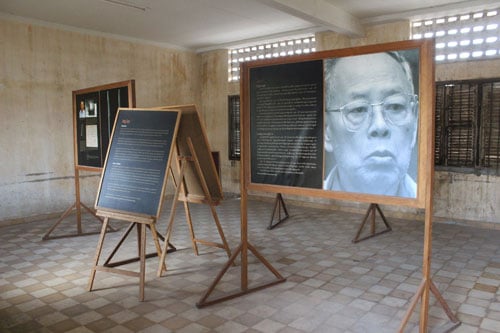
The recognition of these three monuments adds to Cambodia’s heritage treasure trove on the world map. In addition to the newly honored monuments and the ancient temples that have been recognized before, Cambodia is also making efforts to propose world heritage status for many other monuments including: Phnom Da and Angkor Borei Ruins, Banteay Chhmar Temple, Beng Mealea Temple Complex, Oudong Ancient Capital, Kulen Mountain and Preah Khan Temple Kampong Svay.
In addition to tangible cultural heritages, Cambodia is also proud of many intangible cultural heritages recognized by UNESCO, demonstrating the diversity and richness of its national cultural identity. These include royal court dance (2003), large shadow puppetry (2005), tug-of-war folk games (2015), Chapei Dang Veng performance art or long-handled zither (2016), Svay Andet pagoda dance (2018), Lbokator martial arts (2022) and Khmer scarves (2024).






